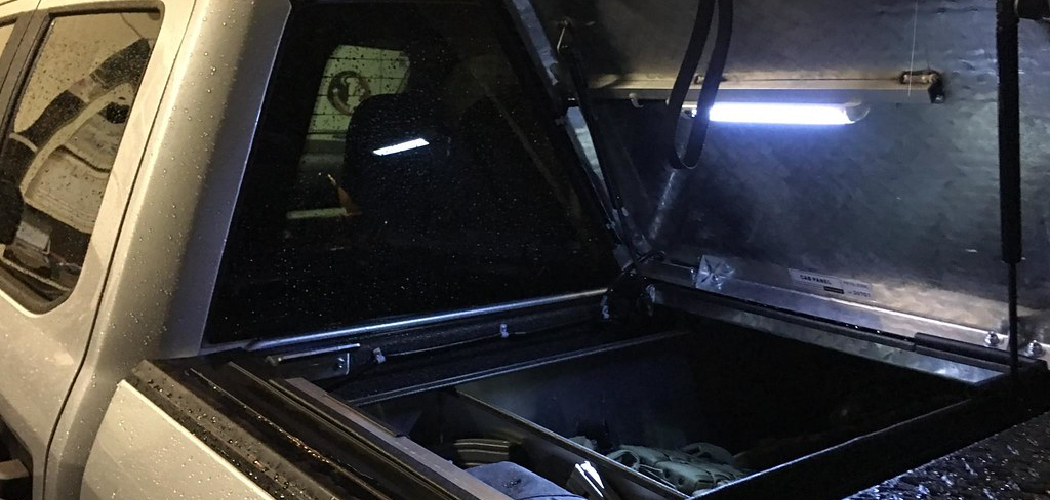Securing cargo in your truck bed isn’t just about preventing items from shifting during transport; it’s also about ensuring the safety of yourself and others on the road. Whether you’re hauling furniture, construction materials, or recreational gear, properly securing your load is essential for avoiding accidents and damage to your vehicle.
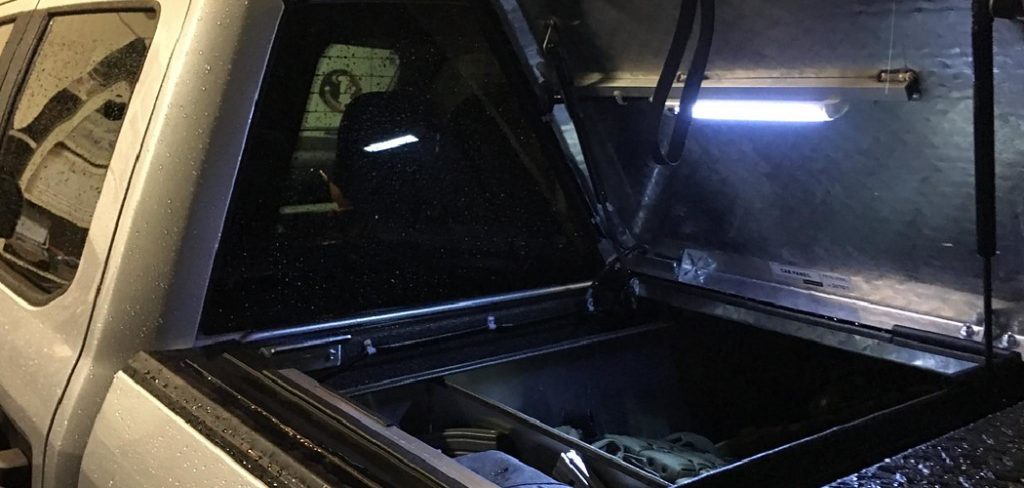
From tie-down straps and cargo nets to bed extenders and ratchet systems, there are various methods available to keep your cargo firmly in place. In this article, we’ll delve into how to secure cargo in truck bed, exploring a range of techniques and tools to help you transport your belongings safely and efficiently.
Whether you’re a seasoned truck owner or a novice looking for guidance, read on to discover the best practices for securing your cargo and hitting the road with confidence.
Importance of Securing Cargo in the Truck Bed
Securing cargo in the truck bed is crucial for a multitude of reasons, primarily revolving around safety, legality, and protection of property. Firstly, unsecured loads can lead to road hazards, not just for the driver but for everyone on the road.
Items that shift or fall off a truck can cause accidents, putting lives at risk and resulting in significant legal and financial repercussions for the driver. Each state has regulations mandating the proper securing of cargo, and failure to comply can result in fines or more severe penalties. Additionally, securing your cargo prevents damage to your belongings and your vehicle. During transit, unsecured items can collide with each other or with the truck bed, leading to scratches, dents, and other forms of damage.
By ensuring that your cargo is properly secured, you not only adhere to legal requirements but also protect the safety of all road users and safeguard your possessions against damage.
Potential Risks of Improperly Secured Cargo
Improperly secured cargo in a truck bed poses significant risks that can have far-reaching consequences. One of the immediate dangers is the possibility of causing accidents. Cargo that shifts or falls out of the truck can create obstacles on the road, leading to collisions or forcing drivers to swerve unexpectedly, which could result in multi-vehicle incidents.

Furthermore, unsecured or loose items pose a hazard not only to other road users but to pedestrians as well. If cargo were to hit a bystander or another vehicle, it could cause serious injury or even fatalities.
Additionally, improperly secured cargo can lead to financial losses. Damage to the cargo itself is almost inevitable when it’s not properly tied down, as items can bump into each other or against the sides of the truck bed, leading to breakage or deterioration.
This damage can extend to the vehicle as well, where dents, scratches, and more severe damage from shifting cargo can depreciate the truck’s value and necessitate costly repairs. There’s also the risk of significant legal liabilities.
Understanding Cargo Dynamics
Grasping the principles of cargo dynamics is crucial for effectively securing loads in a truck bed. At its core, cargo dynamics involves understanding how different forces act on the items you’re transporting, especially when the vehicle is in motion. Key forces include acceleration, deceleration, lateral movement (turning), and vertical movement (bumps and dips in the road).
When a truck accelerates or climbs uphill, items in the bed can shift towards the rear. Conversely, during deceleration or when moving downhill, cargo can slide forward, potentially crashing against the cab or tailgate. Lateral forces come into play while turning, causing loads to shift towards the outer side of the turn, which can upset the balance of the vehicle. Lastly, vertical forces from driving over bumps or through dips can cause items to bounce or even become airborne momentarily, increasing the risk of damage or displacement.
Understanding these dynamics is the foundation for selecting the right securing methods and devices, as well as for determining the best arrangement for items in the truck bed. By considering how your cargo might move in response to these forces, you can take steps to mitigate risks and ensure everything arrives at its destination safely and intact.
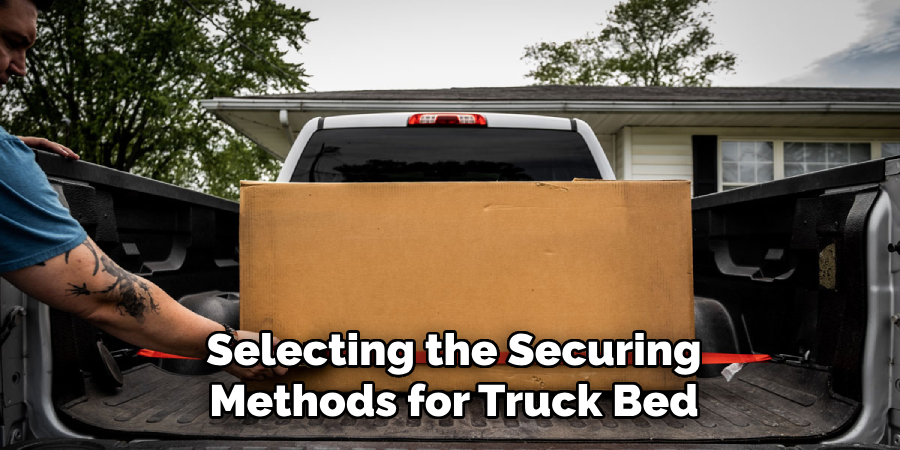
Factors Influencing Cargo Movement
Several factors can influence how cargo moves within the truck bed, impacting the choices for securing methods and tools. These factors include the weight and size of the cargo, the distribution of the load across the truck bed, the condition of the road, weather conditions, and the driving behavior.
- Weight and Size of Cargo: Heavier items are less likely to move or become airborne but can exert significant pressure on securing devices, potentially leading to their failure. Conversely, lighter items are more prone to movement and becoming airborne, especially under high speeds or in windy conditions. The size of the cargo also plays a role, as larger items catch more wind and can act as sails, creating additional forces that need to be countered.
- Load Distribution: Properly distributing the cargo weight across the truck bed is critical for maintaining the vehicle’s balance. An unevenly loaded truck can lead to handling difficulties, especially while turning or braking, making the cargo more susceptible to shifting or tipping.
- Road Conditions: The condition of the road significantly affects cargo movement. Rough, uneven, or off-road conditions can cause more jostling and bouncing, increasing the risk of cargo shifting or becoming unsecured. Smooth highways, while less disruptive, can still lead to cargo movement due to vehicle speed and necessary maneuvers like lane changes or braking.
- Weather Conditions: Wind, rain, and other weather conditions can influence cargo security. High winds can push against cargo, requiring stronger securing measures, especially for lightweight or aerodynamic items. Wet conditions can also affect the materials used to secure cargo, such as ropes or straps, reducing their effectiveness or causing them to stretch or slip.
- Driving Behavior: Finally, the manner in which the truck is driven has a profound impact on cargo movement. Abrupt maneuvers, such as sharp turns, sudden stops, or quick accelerations, are likely to cause cargo to shift if not adequately secured. Defensive and mindful driving can mitigate some of these factors, emphasizing the importance of the driver’s role in cargo security.

Inertia and Momentum in Cargo Security
Inertia and momentum play pivotal roles in understanding and managing cargo movement during transport. Inertia, the property of an object to resist changes to its state of motion, influences how cargo behaves when a truck starts, stops, or changes direction.
Cargo with greater mass has more inertia, meaning it requires more force to change its speed or direction. When a truck abruptly accelerates or decelerates, cargo with higher inertia tends to remain in its original state – either at rest or in motion – leading to potential shifts if not properly secured.
Momentum, on the other hand, is the product of an object’s mass and its velocity. It represents the amount of motion an object has and, similar to inertia, the force required to alter that motion. In the context of moving cargo, items with greater momentum (heavier and moving at higher speeds) are more challenging to stop or redirect. This reinforces the need for robust securing methods capable of counteracting the considerable forces generated by cargo in motion.
Acceleration and Deceleration in Cargo Transportation
The concepts of acceleration and deceleration are crucial in understanding how to secure cargo properly during transit. Acceleration refers to any increase in a vehicle’s speed, including moving from a stationary position or speeding up while in motion.
Deceleration, conversely, involves any reduction in speed, such as slowing down to stop or while approaching a curve. Both can dramatically impact the stability and security of cargo due to the forces they generate.

When a vehicle accelerates, the force generated can cause cargo to shift towards the rear of the truck bed. This is because the cargo tries to remain in its initial state of rest due to inertia, resulting in a backward movement relative to the truck’s direction. Securely fastening the cargo towards the front and center of the truck bed can mitigate this effect, ensuring that the load remains stable and reducing the risk of imbalance.
On the other hand, deceleration forces cargo to move forward, towards the front of the vehicle. This forward shift is particularly risky in sudden stops or when descending steep inclines, as it can lead to cargo impacting the cab or becoming uncontrolled.
Employing restraining devices like cargo bars, nets, or straps can help absorb and distribute these forces, preventing forward movement and maintaining the integrity of the load during transport.
Impact of Cargo Movement on Safety and Stability
The impact of cargo movement on the safety and stability of a vehicle cannot be overstated. Unsecured or improperly secured cargo poses significant hazards, not only to the driver and vehicle in question but also to other road users.
The shifting of cargo can drastically alter a vehicle’s center of gravity, leading to decreased handling and increased risk of rollover, particularly in high-speed scenarios or during evasive maneuvers. Furthermore, cargo that becomes unsecured and falls from a vehicle presents a serious danger to following or oncoming traffic, potentially causing accidents or road blockages.

Enhanced vehicle stability is directly correlated with properly secured cargo. Effective cargo securing methods minimize movement, thereby maintaining a consistent center of gravity and improving the vehicle’s predictability in handling, especially in corners or during sudden directional changes.
This stability is crucial for the safety of the transport operation, ensuring that both the load and the vehicle arrive at their destination without incident. In essence, understanding and mitigating the risks associated with cargo movement are key elements in promoting road safety and safeguarding all users of the transportation network.
Legal and Safety Regulations in Cargo Transportation
Legal and safety regulations play a critical role in ensuring the secure transportation of cargo. These regulations are designed to protect not only the individuals involved in the transportation process but also the general public and the environment.
In many jurisdictions, transportation laws outline specific requirements for cargo securing methods, materials used, and the distribution of load weight. These requirements are often based on extensive research and real-world accident data, aiming to minimize risks associated with cargo movement during transit.
Compliance with these legal mandates is not just a matter of following the law; it directly contributes to the safety and efficiency of cargo transportation. Authorities may impose penalties, including fines and operational restrictions, on individuals and companies that fail to adhere to these regulations. Furthermore, insurance policies may require compliance with all relevant transportation laws to provide coverage in the event of an accident or loss.
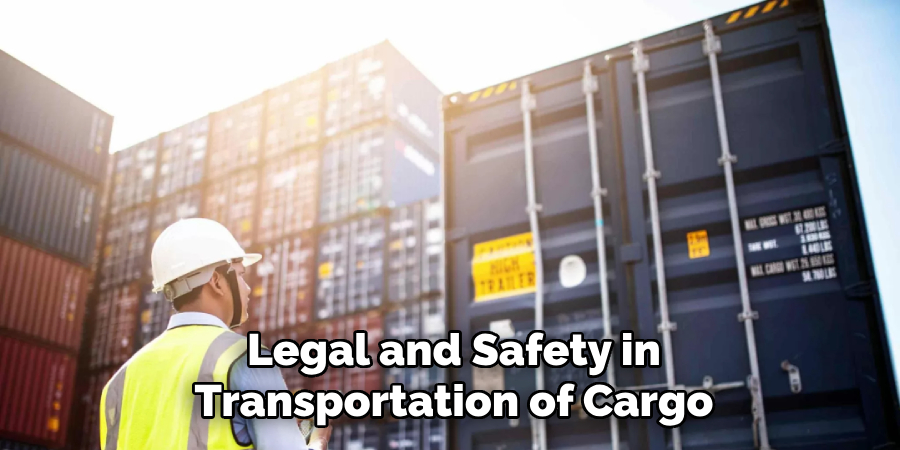
10 Methods How to Secure Cargo in Truck Bed
1.Utilize Ratchet Straps and Tie-Downs:
Ratchet straps and tie-downs are versatile and reliable tools for securing cargo of various sizes and shapes in your truck bed. Choose high-quality straps with a sufficient weight rating to accommodate your cargo’s weight.
Place the straps over the cargo and attach them to anchor points or tie-down cleats in your truck bed, ensuring a tight and secure fit.
2.Opt for Cargo Nets:
Cargo nets are an excellent option for securing loose or irregularly shaped items in your truck bed. Choose a heavy-duty cargo net with strong elastic cords and multiple attachment points. Stretch the cargo net over your cargo and hook it onto anchor points or tie-down cleats, adjusting the tension to secure the items in place.
3.Use Bungee Cords:
Bungee cords are convenient and flexible tools for securing lightweight or smaller items in your truck bed. Select bungee cords with durable hooks and elastic cords that provide sufficient tension. Loop the bungee cords around your cargo and attach them to anchor points or tie-down cleats, ensuring a snug and secure hold.
4.Employ Truck Bed Organizers:
Truck bed organizers, such as cargo bars, dividers, and trays, help compartmentalize and organize your cargo for secure transportation. Install cargo bars or dividers to create separate sections in your truck bed, preventing items from shifting during transit. Use trays or bins to contain smaller items and keep them securely in place.
5.Invest in Load Locks or Cargo Bars:
Load locks or cargo bars are adjustable bars that extend across the width of your truck bed, providing additional support and stability for your cargo. Install load locks or cargo bars between the sidewalls of your truck bed and adjust them to the desired height to secure tall or stacked items effectively. Lock them in place to prevent movement during transit.
6.Secure Heavy Items First:
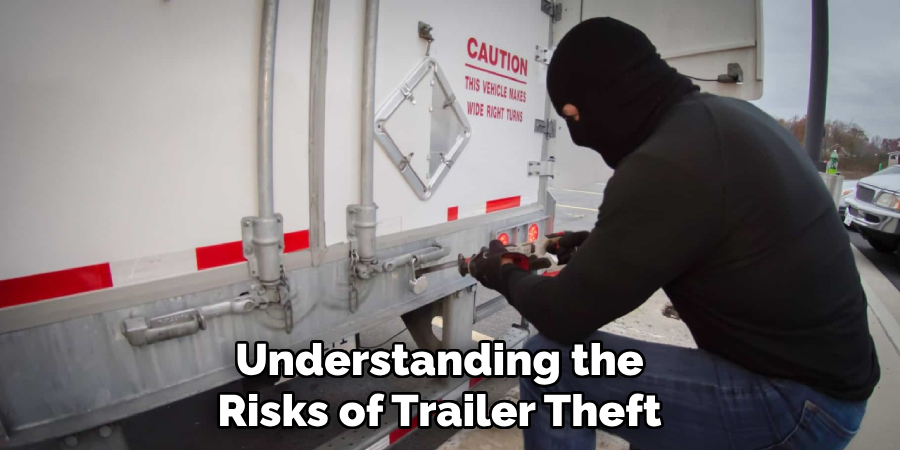
When loading your truck bed, prioritize securing heavy or bulky items first to create a stable foundation for the rest of your cargo. Place heavy items towards the front of the truck bed, near the cab, and distribute the weight evenly to maintain balance and stability. Use ratchet straps or tie-downs to secure these items to anchor points or tie-down cleats securely.
7.Distribute Weight Evenly:
Proper weight distribution is crucial for maintaining stability and control while driving with a loaded truck bed. Spread the weight of your cargo evenly across the truck bed to prevent overloading one side or causing imbalance. Place heavier items towards the center of the truck bed and lighter items towards the sides, maintaining a balanced load distribution.
8.Use Truck Bed Liners or Mats:
Truck bed liners or mats provide a protective barrier between your cargo and the truck bed surface, preventing damage from shifting or sliding during transit. Choose a durable liner or mat that is compatible with your truck bed size and configuration. Install the liner or mat before loading your cargo to provide a non-slip surface and protect the truck bed from scratches or dents.
9.Secure Valuable Items Out of Sight:
If transporting valuable items in your truck bed, such as tools, equipment, or personal belongings, conceal them from view to deter theft or opportunistic theft. Use truck bed covers, tonneau covers, or cargo bed enclosures to shield your cargo from prying eyes and potential thieves. Lock the covers or enclosures securely to prevent unauthorized access.
10.Conduct Regular Inspections:
Before embarking on your journey, conduct a thorough inspection of your cargo and securing equipment to ensure everything is properly secured and in good condition. Check the tension of ratchet straps, tie-downs, cargo nets, and bungee cords, and tighten or adjust them as needed. Verify that all anchor points, tie-down cleats, and securing devices are secure and functional.
Conclusion
In conclusion, securing cargo in your truck bed is a crucial aspect of responsible and safe transportation. By utilizing the techniques and tools discussed in this article, you can minimize the risk of accidents, damage to your vehicle, and loss of cargo.
Remember to always assess the size, weight, and nature of your load before choosing the appropriate securing method, and never underestimate the importance of double-checking your restraints before hitting the road. Whether you opt for traditional tie-down straps or invest in specialized cargo management systems, prioritizing cargo security not only protects your belongings but also ensures the safety of everyone sharing the road with you.
Thanks for reading, and we hope this has given you some inspiration on how to secure cargo in truck bed!

